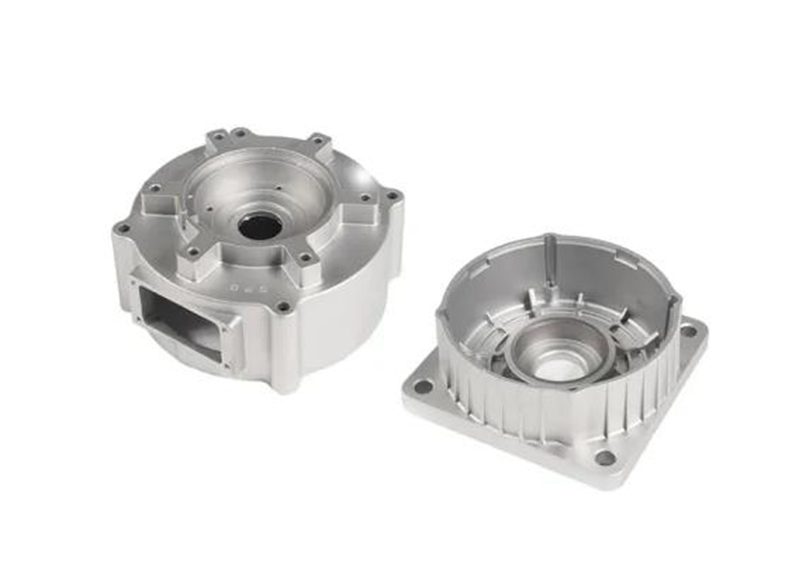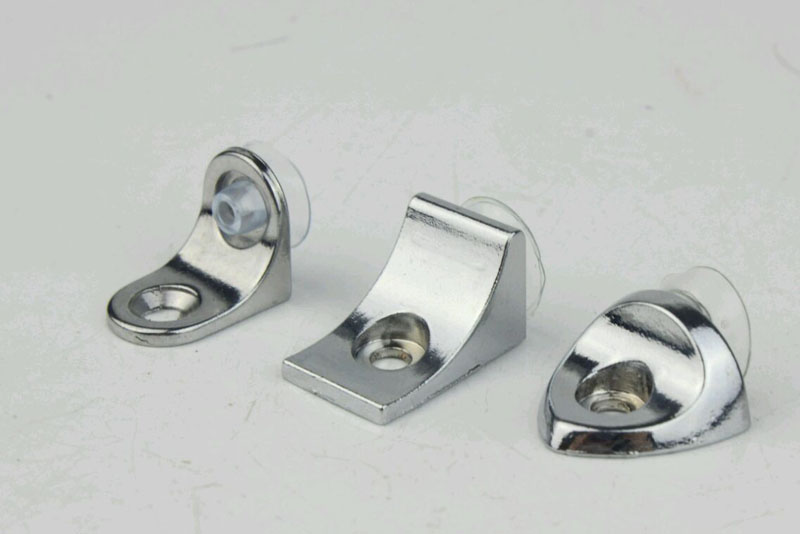
Everything You Need To Know About Precision Die Casting
If you have no idea of die casting, then you are at the right place. It is a process of converting molten metal into a mould cavity. The process takes place under high temperatures. The mould in precision die casting consists of two steel dies. They are created into different shapes by a machine. The die castings are prepared of three metals- aluminum, zinc, and tin-based alloys. Another significant thing for manufacturing the die casting is the type of machine. The end product produced through the die casting process has excellent finishing and great consistency with exact measurements.
Materials required for precision die casting.
Alloys are preferable for precision die casting. But, the alloy should be corrosion resistant and must have optimal density. While choosing the alloy, make sure to check its strength, elongation, and hardness. The most used alloys are aluminum, zinc, magnesium, and copper. The use of the correct alloy will give the best quality specified product.
The two types of die casting
The two commonly used die casting processes are hot chamber die casting and cold chamber die casting. However, the type of casting depends on your desired product.
- Hot chamber die casting:The cylindrical chamber submerges in molten metal in this process.
- The injected mold comes out fast and conveniently, leading to high production rates. The advantage of using this process is that you don’t need to transfer the metal from a separate furnace. It is preferable for metals having low melting points, including zinc and lead.

- Cold chamber die casting:In this process, there is no need for immersing the injection chamber’s cylinder in molten metal. This process is somewhere slower than the previous one. Unlike the hot chamber die casting, this process is suited for high melting temperature alloys, as brass and Aluminium.
How precision die casting is created?
- Two portions of the die are attached while injecting the metal. A lot of force is required to keep the die secure.
- After injecting the molten metal into the die, the transfer method comes. It depends on the type of casting taking place.
- The molten metal enters into the die cavity to cool and solidify.
- After it solidifies, the two portions of the die open. An ejection method helps to push out the casting from the die.
- The extra material left is cut off.
Final words
The product formed from the die castings is durable and has good tolerance. The die casting methods come into use in the automobile industry, aerospace industry, and power tool industry.